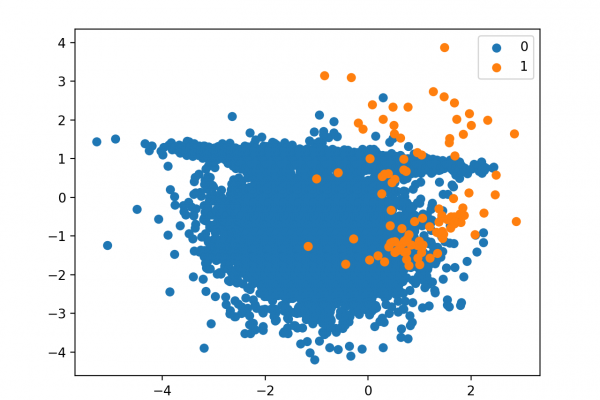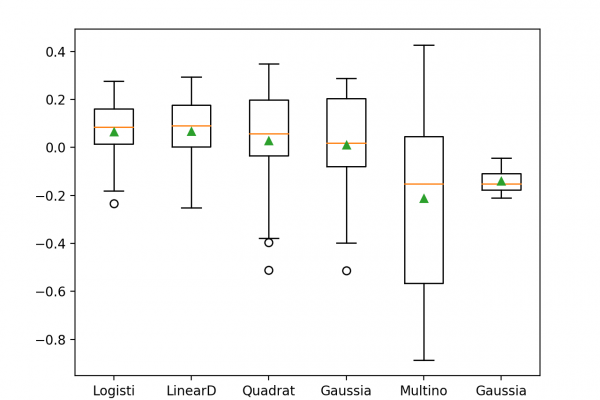Cost-Sensitive Decision Trees for Imbalanced Classification
Last Updated on August 21, 2020 The decision tree algorithm is effective for balanced classification, although it does not perform well on imbalanced datasets. The split points of the tree are chosen to best separate examples into two groups with minimum mixing. When both groups are dominated by examples from one class, the criterion used to select a split point will see good separation, when in fact, the examples from the minority class are being ignored. This problem can be […]
Read more








